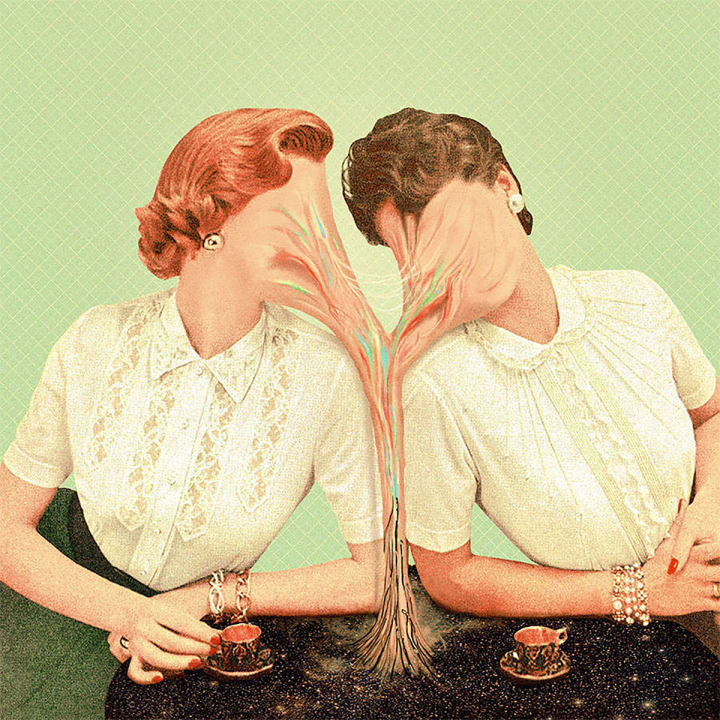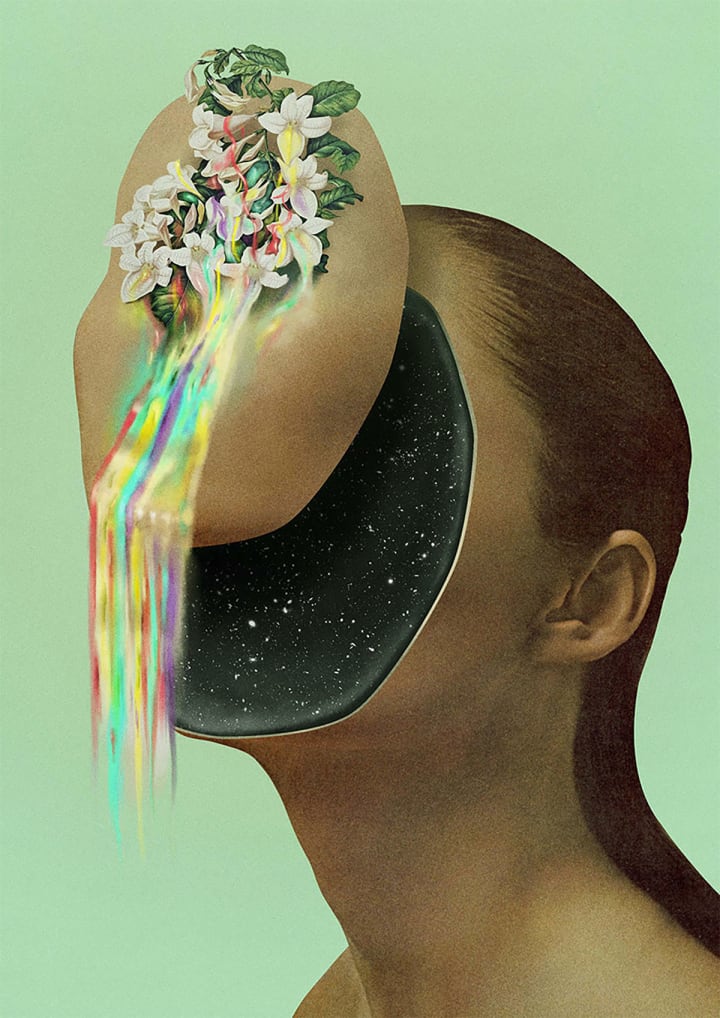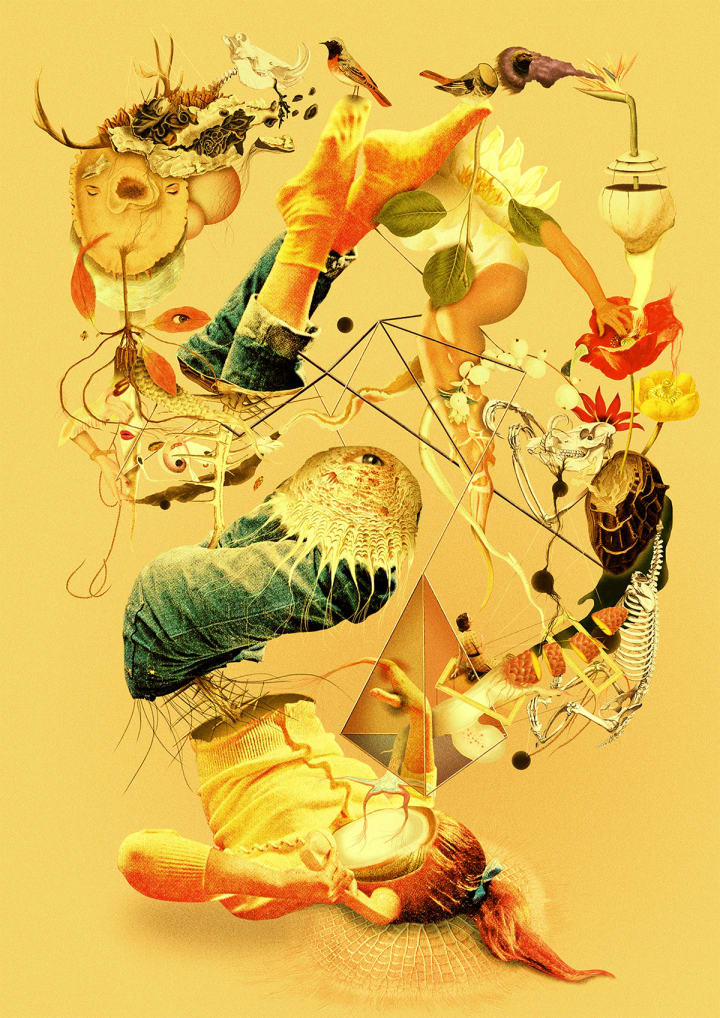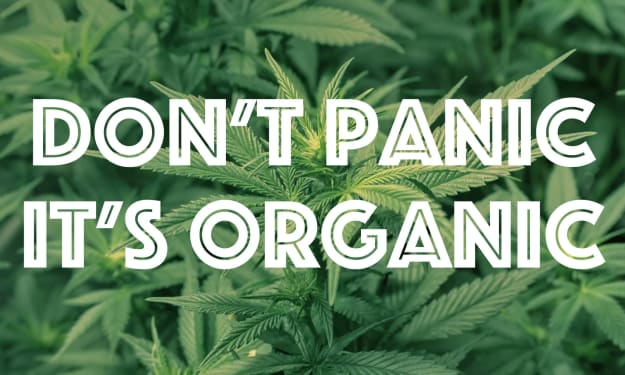Peyote is the Original American Trip
Peyote has been used for centuries to not only cure illness, but to help expand people's minds.

Peyote, known botanically as Lophophora Williamaii, is the great American high. For the past almost 5,500 years, Native American tribes of the Plains such as the Navajo, Comanche, Sioux and Kiowa, have used the spineless, tufted, blue-green, button-shaped cactus as the centerpiece of enhancing their religious rituals. It is known for its psychoactive properties when ingested.

Image via Pierre Schmidt
Peyote can sometimes be confused with mescaline, but the difference is mescaline is an extract derived from the peyote cacti but is cultivated and consumed differently then peyote. The high mescaline produces is more hallucinogenic effect while peyote on the other hand is more of a “body” with similar hallucinogenic properties high similar to the effects of ecstasy. Peyote is more widely used worldwide as an entheogen (a substance that is ingested to produce a non-ordinary state of consciousness for religious or spiritual purposes) and supplement to various transcendence practices, including meditation, psychonautics, and psychedelic psychotherapy.
In the USA, peyote and mescaline are categorized as Schedule I controlled substances and is therefore are illegal to possess, but the Native American people has been using peyote in its ceremonies way before the Federal government even existed so on this basis Native Americans have won the legal right to use peyote in their ritual practices. But, like the rest of us, Native Americans are still not permitted to possess peyote outside these ritual practices and sites.
The Wonder Cactus

Image via Pierre Schmidt
The various species of the genus Lophophora (peyote) grow low to the ground and produces flowers sporadically. Peyote is extremely slow growing. Cultivated specimens grow considerably faster, sometimes taking less than three years to go from seedling to mature flowering adult. More rapid growth can be achieved by grafting peyote onto mature San Pedro root stock. The top of the cactus that grows above ground, also referred to as the crown, consists of disc-shaped ‘buttons’ that are cut above the roots and sometimes dried. When done properly, the top of the root will form a callus and the root will not rot. When poor harvesting techniques are used, however, the entire plant dies. Currently in south Texas, peyote grows naturally, but has been over-harvested to the point that the state has listed it as an endangered species.
The peyote plant is distinguished into two forms, one is larger than the other, is considerably more potent and bitter than the other. The larger variety is called izinouritehus hikuri (peyote of the gods) and the smaller more palatable peyote is called rhaitoumuanitair-hikuri (peyote of the goddesses). The difference of the two is due to the age of the cactus and the quantity of alkaloids that have accumulated. These alkaloids have great medicinal value that Native Americans have used to prevent infection for centuries.
The Peyote Ritual

Image via Pierre Schmidt
Regarding the curative value, peyote has been know to have a wide array of suggested medical benefits, including treatment of alcoholism and depression. However, its status as a Schedule I controlled substance status limits availability of the drug to researchers. Because of the ban, very few studies concerning peyote’s activity and potential therapeutic effects in humans have been very few that were conducted since the early 1970s.
In addition to psychoactive use, some Native American tribes use the plant for its curative properties. They employ peyote to treat such varied ailments as toothache, pain in childbirth, fever, breast pain, skin diseases, rheumatism,diabetes, colds, and blindness.The US Dispensatory lists peyote under the name Anhalonium, and states it can be used in various preparations for neurasthenia, hysteria and asthma.
The Peyote Ritual

Image via Pierre Schmidt
The peyote experience is a long, luxurious and highly spiritual one. In their ceremonies, Native Americans employ peyote to expand consciousness while contemplating and aiding to understand the subconscious mind and spirit. The first effects are minor perceptual changes, slight intoxication and shifting consciousness. Any unpleasant feelings, like queasiness or muscle tension, disappear within an hour. Soon, tranquility prevails and effects deepen becoming more intensely visual with a change of vibrancy in colors you see. As things become more intense, halos appear around objects and the space and size of things seem to change. The mind is entertained by a rapid thought flow of images and ideas.
In more recent era use, in the 1950’s and 60’s members of the Beatnick Generation wrote about their experiences that were influenced by peyote. A notable person, Ken Kesey was inspired while working as a night watchman at a psychiatric ward. His peyote-inspiration led to write his novel, One Flew Over the Cuckoo's Nest. And in more recent times, shows like Bevis and Butthead, The Sopranos, Frankie and Grace and Frankie have seen peyote use. Most notably in Journalist Hunter S. Thompson’s autobiographical novel Fear and Loathing in Las Vegas which was later turned into a movie starring Johnny Depp.
Tips for Consuming Peyote

Image via Pierre Schmidt
Dried peyote is ready for consumption after lying in the sun until it is completely devoid of moisture. ‘Buttons’ from the cactus are cleaned by removing tufts and sand after the plant has been dried. Then the button can be swallowed. Warning: tufts are highly toxic and must always be removed before ingestion. While consuming peyote you must be strictly mindful and make sure you make proper steps to avoid anything that could do damage to your body.
Peyote may be consumed through a variety of methods. The Native Americans simply chew and swallow the dried buttons. However, many people find the button too bitter without any additive to take the edge off of the bite. Unsweetened grapefruit juice is a popular mixture, as its acids neutralize the taste. Often, the button is somehow altered into a different form: through grinding it into powder. Many will put the powder in tiny capsules. Also through boiling the button in water, you can drink it as a concentrated tea, or even mixing it in with a Jello-type dessert. No matter how peyote is ingested, it is recommended that the user refrain from eating at least six hours before consuming the hallucinogen.
Depending upon the individual and the amount they consume, the experience may last from six to 12 hours. As the effects slowly subside, the intensity relaxes and thoughts become more ordered. Afterwards, there is no ‘comedown’ or hangover. Instead, there is a feeling of peace and rest.
Adverse Side Effects

Image via Pierre Schmidt
A study published in 2007 found no evidence of long-term cognitive problems related to peyote use and does not appear to be associated with hallucinogen persisting perception disorder (a.k.a. "flashbacks") after religious use. Alos peyote use does not seem to be associated with physical dependence, but some users may experience psychological dependence. Peyote, however, can have strong emetic effects, and one death has been attributed to esophageal bleeding caused by vomiting after peyote ingestion in a Native American patient with a history of alcohol abuse. Peyote has also been known to cause potentially serious variations in heart rate, blood pressure and breathing.
About the Creator
George Gott
Writer & Social Media Editor for Jerrickmedia who is an avid reader of sci-fi and a fierce defender of women, minority, and LGBTQ rights.






Comments
There are no comments for this story
Be the first to respond and start the conversation.